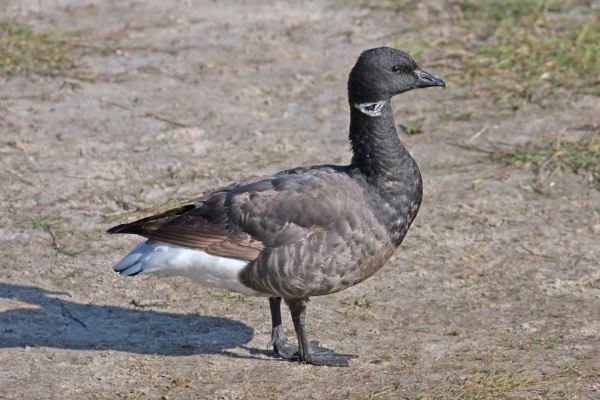Facts About Brant goose
The brant, or brent goose, is a small goose belonging to the Branta genus. This bird has three subspecies that spend their winters along temperate sea coasts and breed in the high-Arctic tundra. Interestingly, the Brent oilfield, a major oil extraction site, derives its name from this very species.
What distinguishes the brant is its small size, short bill, and distinctive plumage. The three subspecies are the dark-bellied brant, pale-bellied brant, and black brant, each exhibiting slight variations in appearance and habitat preferences.
- Dark-bellied brant: Breeds in western Siberia and winters in western Europe.
- Pale-bellied brant: Breeds in Arctic regions and winters in areas such as Denmark, England, Ireland, and the United States.
- Black brant: Breeds in Canada, Alaska, and Siberia, and winters along the west coast of North America.
There is also speculation about a fourth type known as the gray brant or intermediate brant, found in central Arctic Canada. This group exhibits characteristics that are intermediate between the black brant and the pale-bellied brant.
Brants typically inhabit coastal areas, estuaries, and the low-lying wet tundra where they breed and forage. Their diet consists of eelgrass, sea lettuce, grasses, and cereals. Over time, they have adapted their feeding habits in response to changes in food availability and population pressures.
The name "Branta" is derived from the Old Norse word for "burnt (black) goose." The medieval Latin term "bernicla" means barnacle, which gave rise to an old myth linking the brant goose and the barnacle goose to the crustacean. This myth persisted for centuries and had various cultural impacts.

 United States
United States